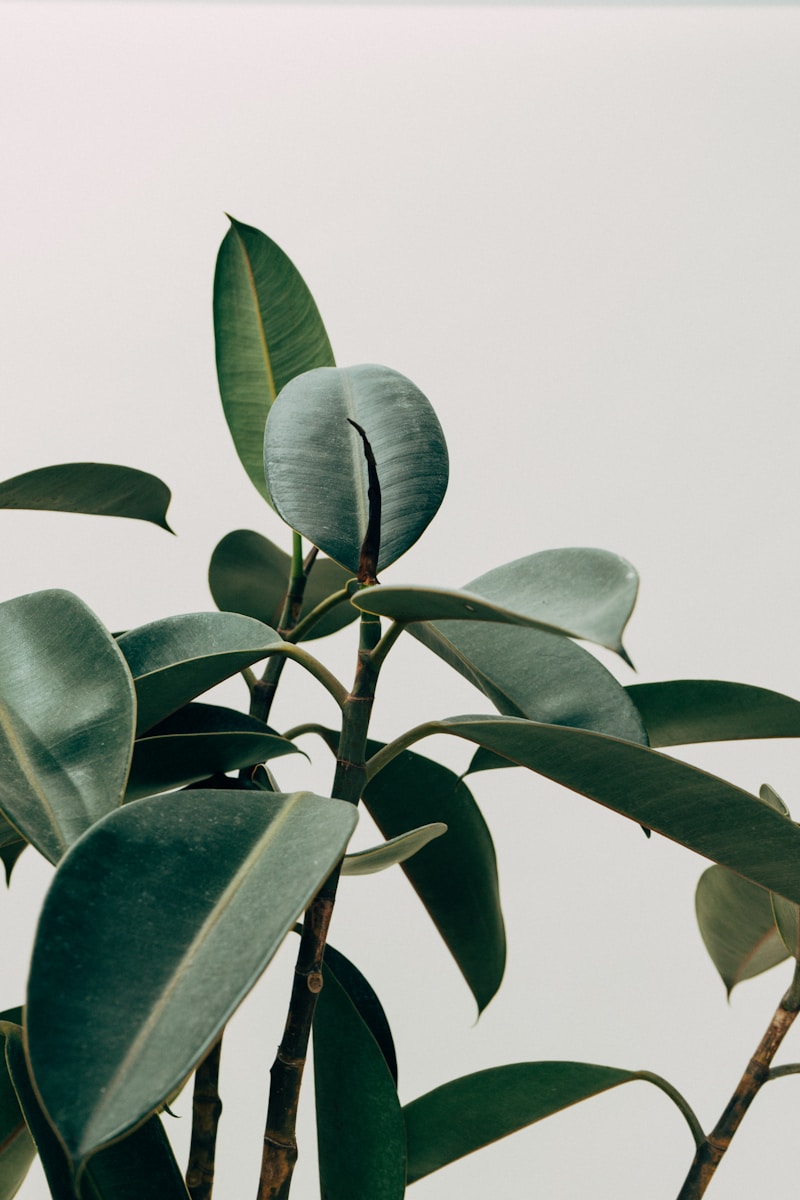Exploring the Beauty of Minimalist Floral Designs: A Comprehensive Guide
Introduction to Minimalist Floral Designs
In the world of design, minimalist floral designs have become increasingly popular due to their elegant simplicity and ability to convey powerful emotions through a few well-chosen elements. These designs focus on the essence of flowers, often highlighting their unique shapes, colors, and textures without unnecessary embellishments. In this article, we will explore what minimalist floral designs are, their historical significance, and how you can incorporate them into various aspects of life, from home décor to graphic design and beyond.
Understanding Minimalist Floral Designs
Minimalism is an aesthetic that emphasizes simplicity and the removal of excess. When it comes to floral designs, this means reducing the number of elements to create a clean and focused composition. The beauty of minimalist floral designs lies in their ability to represent flowers in a way that is both striking and understated.
Key Characteristics of Minimalist Floral Designs
- Simple Shapes: Focus on basic forms and silhouettes of flowers.
- Limited Color Palette: Use of monochromatic or complementary colors to define the design.
- Negative Space: An emphasis on empty spaces that highlight the floral elements.
- Textured Elements: Incorporation of varying textures to add depth while maintaining minimalism.
- Functional Composition: Designs that serve a purpose, such as in product packaging or home furnishings.
The Historical Context of Minimalist Floral Designs
Minimalism in art and design emerged in the mid-20th century as a reaction against the complexities and excesses of modernism. Artists and designers sought to strip down their work to its essential components. This approach can be seen in various cultures, such as Japanese design principles, which emphasize simplicity and natural beauty.
Applications of Minimalist Floral Designs
Minimalist floral designs can be found in various fields including:
| Area | Examples |
| Home Décor | Wall art, sculptures, and furniture featuring floral motifs. |
| Graphic Design | Logos, business cards, and websites using floral elements strategically. |
| Fashion | Clothing, accessories, and textile designs that incorporate floral prints. |
| Event Planning | Minimalist arrangements in weddings and corporate events. |
Creating Your Own Minimalist Floral Designs
Whether you are a professional designer or a hobbyist, creating minimalist floral designs can be a fulfilling experience. Here are some steps to guide you:
1. Choose Your Flowers Wisely
Select flowers that resonate with your theme or message. Consider their natural shapes and colors. For example, tulips and daisies are excellent choices for their simplicity and elegance.
2. Embrace Negative Space
Allow for gaps in your composition. This negative space draws attention to the floral elements and enhances the overall aesthetic.
3. Limit Your Color Palette
Stick to a few harmonious colors. A monochromatic scheme can be particularly effective in keeping the design clean and focused.
4. Use Textures Creatively
Incorporate various textures to add depth without overwhelming the viewer. This could be in the form of fabric, paper, or even digital textures.
5. Experiment with Layout
Play with different arrangements. Sometimes, an off-center arrangement can create more interest than a perfectly centered design.
Incorporating Minimalist Floral Designs into Life
You can infuse the beauty of minimalist floral designs into different areas of your life:
- Home: Use minimalist floral prints on cushions or wallpaper to add a serene touch to your space.
- Work: Enhance your stationery or presentations with minimalist floral graphics for a professional yet unique look.
- Events: Opt for simple floral centerpieces and elegant place settings to create a sophisticated atmosphere.
Trends in Minimalist Floral Designs
As we move into the future, certain trends are emerging in the world of minimalist floral designs:
- Digital Illustrations: More designers are creating minimalist floral art for digital platforms.
- Eco-Friendly Materials: The shift towards sustainable design is leading to an increase in the use of natural and recycled materials.
- Customization: Personalized minimalist floral designs for branding and events are becoming a favorite among businesses and individuals alike.

Conclusion
Minimalist floral designs offer a refreshing perspective on the beauty of nature, emphasizing simplicity and elegance. By understanding the principles behind these designs and exploring their applications in various areas, anyone can appreciate and create stunning works of art. Whether you are incorporating these designs into your home, work, or special events, remember to keep it simple, and allow the natural beauty of flowers to shine through. Embrace the trend of minimalism, and discover how it can transform your perception of floral art.
Final Tips: Always consider the space in which your design will exist, the emotions you want to evoke, and how the elements work together to create a cohesive look. As you delve into minimalist floral designs, keep experimenting and enjoy the journey of creativity!